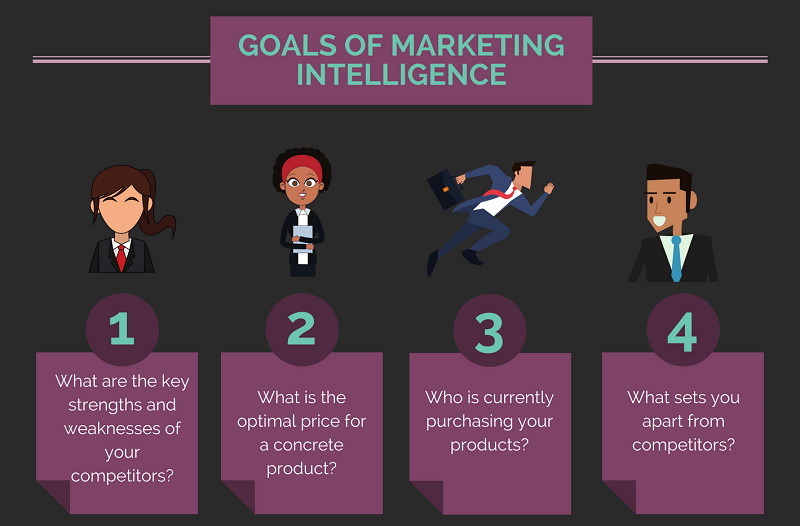
Even after strongly steering across the professional journey, MSMEs still face multiple challenges. The economic climate in India is still sluggish, and the government’s policies are not enabling them to compete successfully in the global market. Among these challenges are the lack of finance, poor access to credit, and inefficient distribution of tasks. As a result, most of the MSMEs are operating in the informal sector, where financial documents are not always available. Challenges for MSMEs are truly real. Let’s enlist them one by one and discuss the ways to solve them.
The Right Manpower & Structuring
The lack of skilled and expert manpower is one of the biggest hurdles facing MSMEs. Many of these enterprises cannot afford expensive technical equipment, and the workforce is not technically trained. This hinders the growth of these firms and results in a backlog of unfulfilled orders. In addition to this, the poor quality of the workforce prevents them from using advanced machinery. Due to reduced exposure to technology and experienced workmanship, the growth of MSMEs gets slower.
For MSMEs to hire the best talent, it’s important to find the best people managers possible, encourage professional development, and make sure you’re not hiring the wrong culture fit. During times of high tension, it’s important to build a large pool of experienced employees and filter them by skills and experience. This will help you find the right candidate for a job. Keeping up with the competition will keep your employees motivated and engaged. MSMEs can use the right staff to survive the crisis.
Having an organized internal structure and clearly defined roles and responsibilities is critical for success. Without a defined structure and clear distinctions between managers and staff, new employees will not be motivated to join a company. Employees require to feel part of a community that supports the mission and values of the business. They should be able to communicate with management frequently and share necessary information. The management of the organization should also be transparent in their communication with employees.
Proper Financing & Resourcing
Lack of finance is another major barrier for MSMEs. Limited access to finance makes it harder for these companies to obtain credit. They need to have options to finance their operations, exports, and imports, as well as invest in innovation activities that improve productivity and growth. They’re even more vulnerable to economic shocks and are unable to pay suppliers on time. These barriers prevent MSMEs from taking risks that could lead to disaster. Moreover, high finance costs have been a major hindrance to MSMEs’ growth. These finance costs erode profits and lead to high default rates.
It is important for MSMEs to understand various lending technologies and how to leverage them to their fullest potential. Further, it is essential for the MSMEs to have access to capital as a means to overcome high finance costs and meet their financial objectives.
Lack of finance has always been a challenge for SMEs, but with the advancement of financial inclusion, this problem may be resolvable. Digitalization, for instance, can reduce the costs of all financial services by 80-90%. FinTechs can help by ensuring more efficient service. They can help by enhancing financial inclusion and offer opportunities along the value chain. With the help of innovative technology, these companies can issue loans to MSMEs.
For MSMEs to remain competitive and maintain a healthy financial position, they need access to financial status and security. In this concern, the government must consider offering loans at low-interest rates with long repayment terms. Moreover, the credit limit of MSMEs should be expanded, and loan repayments could be deferred. As long as the government’s efforts are aimed at easing the situation and addressing various challenges faced by these entrepreneurs, they will continue to thrive. For this to happen, the MSME owners need to be updated on the ongoing trends and government schemes so that they can make the most out of these resources on a real-time basis.
Understanding Customers & Defining Brand Journey

MSMEs are often over-reliant on others; thus, they lack market intelligence and customer-understanding. Though a greater level of market diversification may help the MSMEs survive the downturns, it is still not possible to happen without the enterprises having enough knowledge. A systematic analysis of the literature on market access and performance of MSMEs revealed that poor access to markets and inexperience in understanding customer preferences had an adverse impact on the performance of these firms.
Using market intelligence to identify opportunities should be a key part of MSMEs’ marketing strategy. But How?
To improve their chances of success, MSMEs must develop new business strategies and rethink distribution models. As a small business, it is important for MSMEs to understand the needs of their customers. To do so, they should invest in market research and a brand journey document. The brand journey is the process of a company’s customers coming to understand the product and services offered by the company. A brand journey is a critical part of a company’s overall strategy for growing and maintaining a sustainable business.
One way of understanding the needs of customers is to examine the characteristics of each market segment. Different industries will require different approaches. For example, the tourism sector will contain large corporations as well as family businesses. Consequently, different partnerships will be required in the travel industry. Ultimately, successful businesses will focus on customer experiences and brand journeys as a means of increasing profits.
MSMEs should develop a customer journey map that shows the key moments and emotions of customers. Using this information as a blueprint for business outcomes can help businesses improve all of the stages along the customer journey. By optimizing every stage, they will improve overall customer satisfaction, which will ultimately contribute to an improved organizational state. An online qualitative research study can capture responses in context, allowing participants to share their real-time activities.
Creating Digital Presence
While many MSMEs have started to bank on the digital transformation, many are still hesitant to adopt e-commerce platforms. What can MSMEs do to get ahead in the digital world? Here are some ways. In the first place, focus on social media.
Using a website and smartphone applications can help micro-enterprises establish their digital presence and boost customer engagement. Building social media visibility will help you promote your products and services, as well as attract new customers. Don’t forget about e-payment options. Using e-commerce platforms will help you accept payments online and offer delivery options. By taking advantage of the opportunities that exist on digital platforms, MSMEs will be well-positioned to compete in the digital world.
Building a strong digital presence will help MSMEs take advantage of recovery trends, establish a robust Online-to-Offline platform, and set up payment reconciliation capabilities. As MSMEs grow, they should leverage their existing customer data. Using robust CRM and marketing automation systems, they should also focus on improving their online personalization efforts. These define only a few of the ways to grow and thrive as an MSME. But with a solid digital presence, the sky is the limit for MSMEs!
